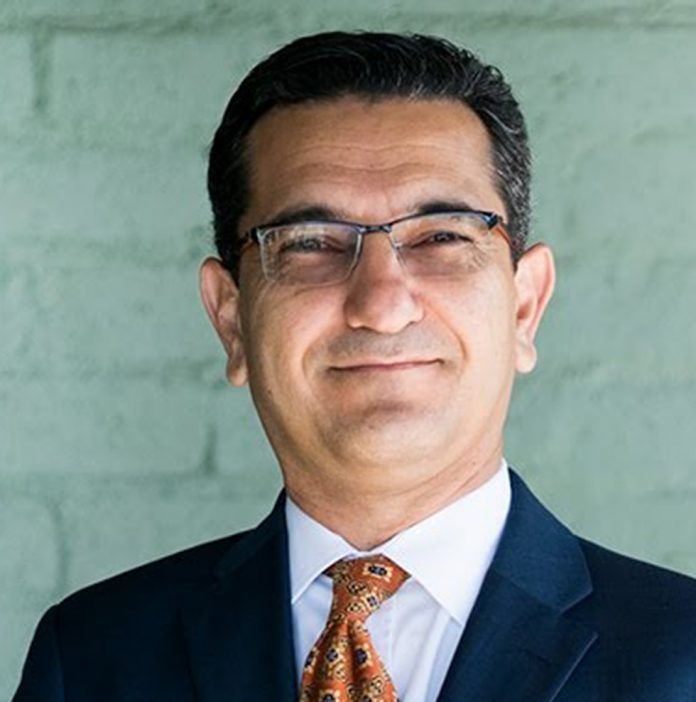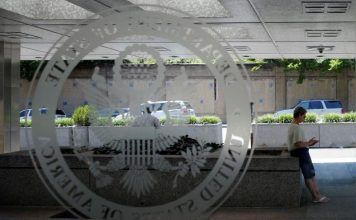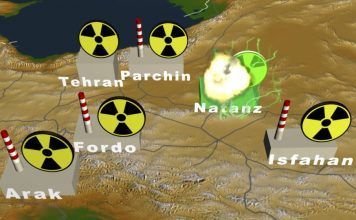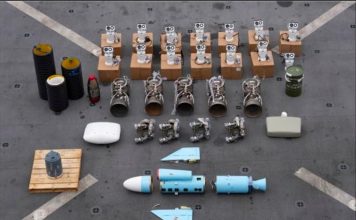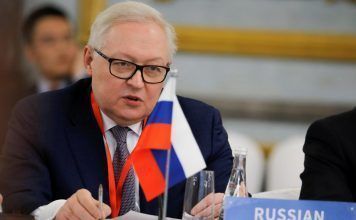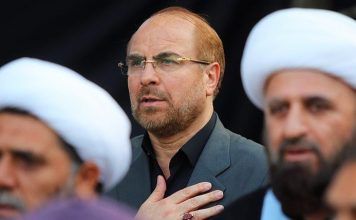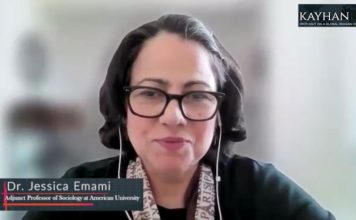By Peyman Pejman
Earlier this month, the historic Millennium Baltimore Hotel in Los Angeles witnessed the 14th annual “Gathering for Cure,” a star-studded science-themed gala organized by the Society for Brain Mapping & Therapeutics (SBMT) and the World Brain Mapping Foundation. The annual world congress of SBMT brought together physicians, scientists, policy makers, funding agencies, and industry executives to further advances in brain and spinal cord mapping and image-guided therapies.
Participants included 320 speakers and 12 keynote speakers, 50 military and veteran affairs scientists, 20 scientists from NASA and National Labs, and countless world experts in fields ranging from imaging to nanoneurosurgery, Neurophotonic, stem cell and immunotherapy.
Kayhan London caught up with Dr. Babak Kateb, Chairman and Chief Executive Officer of SBMT and President of the World Brain Mapping Foundation.
What is the Society for Brain Mapping & Therapeutics?
The Society started about 14 years ago out of my work at the University of Southern California, CalTech, and the NASA Jet Propulsion Laboratory (JPL). At the time, also because of my electro-engineering background, I thought it would be good to take brain technology from NASA and engineering to solve problems in neurological disorders.
We had a small meeting of about 10 scientists at NASA JPL, and we had scientists representing their data from NASA – the type of technologies they were using to detect galaxies, such as ultraviolet imaging. We started a project that basically translated some of these technologies and put them into clinical practice. That small meeting 14 years ago [turned into] annual meetings at hotels and then convention centers. This is now a worldwide organization with over 5,000 members.

We have put together awards and fellowships, and we award them annually to scientists who are pioneers in the field – who create devices or neurological technologies; to technology companies like GE and Siemens; and also to people who shed light on neurological disorders. They include Dustin Hoffman, for raising awareness of autism in the movie “Rain Man;” Congresswoman Gabrielle Giffords, for raising awareness of traumatic brain injury; and Professor Stephen Hawking, for [drawing attention to] amyotrophic lateral sclerosis (ALS) [Lou Gehrig’s disease].
One of the awards this year is to Dr. Afsaneh Rabiei for her pioneering technology work on implants.
What is the World Brain Mapping Foundation?
The Society for Brain Mapping & Therapeutics, which I spoke about [earlier], is a medical association. The World Brain Mapping Foundation is the charitable arm of the society that puts together an annual gala to raise money and give that money to particular research.
How would you explain brain mapping to a non-scientist?

Imagine Google Map. It is a snapshot of Earth. You zoom into cities, road, cars, houses, and people. The snapshot of Earth is the MRI, the big picture. You can zoom down to more structures of the brain, like functional MRI does. You can then zoom down to roads and highways. Then you have Diffusion Tensor Imaging (DTI) – the brain connecting different parts, like cities connecting to roads.
You can further zoom down to houses and cars – imagine that they are cells in the brain and people walking are cellular genomics or nanoscale genomics. It’s the study of the functions and malfunctions of the brain, made possible through brain mapping.
Are there any non-medical applications for brain mapping?
I need to answer that in the broader sense of neuroscience. Neuroscience applies to all aspects of life. There is the growing field of neuro-economics: understanding the behavior of the market and people in terms of economic decision-making. There is a field called neuro-politics: understanding the behavior of politicians and masses in terms of responding to certain political movements. Neuro-marketing is understanding the behavior of your customers to better market products. Right now if you look, you’ll see that Facebook and Google are trying to analyze your behavior in terms of the material you buy.
Neuroscience in general has become about much more than just studying the brain and its malfunction on the medical side. It is spreading to other disciplines.
Is your cooperation mainly within the scientific community?
We are very involved with the congressional neuroscience caucus. We work with congressional leaders to push brain policies. I was one of [President Barack] Obama’s advisors for the Brain Initiative, so we advised the White House to formulate the Brain Initiative through a series of White Papers. Under [President Donald] Trump, we are pushing the Brain Technology Park Initiative.
Are there many scientists or professionals of Iranian descent working in this field?
Not many, but we hope that through exposure, we can engage and publicize the field, and encourage new students and scientists to move in this direction. There are many Iranian scientists in engineering and other fields, but [brain mapping] is an emerging and multidisciplinary field, and we hope we can bring many of them to this field and engage them.
Do you work with scientists in Iran?
We published position papers two years ago to start the Iranian Brain Initiative in partnership with the Iranian Surgical Association and the Iranian Neurosurgical Association. The idea was to push the policy of creating neuroscience consortium in Iran to allow cooperation collaboration between scientists in Iran and across the world.
Brain Mapping with Dr Kateb at Business Rockstars

